Periungual warts are typically found along the toenails and fingernails These are roughlooking warts wherein the outer surface of the wart is dry Periungual warts can cause some degree of discomfort as they can extend under the nails These warts generally don't have an inflamed appearance but can get further infected if not treatedIt is called a periungual wart when it grows around or beside the nails of the fingers or the toes It is referred to as a subungual wart when it grows underneath the fingernails or toenails Periungual Finger Warts Periungual warts are elevated rough bumps and have irregular borders around them These warts lead to peeling and roughening of the skin on the fingers or toes Subungual WartsCommon warts are caused by human papillomaviruses of different biological types (Figures ) They are benign, weakly infective, fibreepithelial tumours with a rough keratotic surface Usually periungual warts are asymptomatic, although fissuring may cause pain Subungual warts initially affect the hyponychium, growing slowly toward the nail bed and finally elevating the nail
I Have This Small Periungual Wart And Every Time I Use Salicylic Acid And Shave It Off It Gets Red And Irritated Should I Try Freezing It Or Something Else Any Recommendations
Periungual wart under fingernail
Periungual wart under fingernail-Warts are caused by certain strains of the human papilloma virus (HPV) The virus is present in the skin cells of a wart HPV is a family of viruses that affects the skin and moist membranes (mucosa) of the body There are more than 100 different strains of HPVPeriungual warts form around your fingernails or toenails They start small, about the size of a pinhead, and slowly grow to rough, dirty




Periungual Warts Pictures Treatment And Prevention
Periungual warts typically form under the fingernails and toenails and are not easily spotted Untreated warts become painful and the larger they become the more painful they will be Eventually the nail will elevate and detach from the nail bed completely Periungual warts are contracted like any other HPV through cuts, scrapes, and abrasionsSymptoms of periungual warts include a cauliflower appearance, which spread quickly and in clusters surrounding the nails, or under the nail bed You will see the small rough bumps, which will become painful when left untreated Treatment of periungual warts may include excision, which may require removal of the toenailPeriungual warts form around your fingernails or toenails They start small, about the size of a pinhead, and slowly grow to rough, dirtylooking bumps that can resemble cauliflower Eventually, they spread into clusters Like all warts, periungual warts are caused by the human papilloma virus (HPV) Additionally, do Periungual warts go away on
Fingernail warts, also called periungual warts, may return even after treatment, but applying Vicks VapoRub to the nails vanquished the warts in this caseBroken skin is easily infected by the virus, therefore you should exercise caution when you have cuts and avoid contact with infected individuals Warts under the nails are called subungual warts They can be under the toenails or fingernails, and the location makes treatment more challenging than in the case of more easily accessible wartsThe strands that cause periungual warts do not thrive as a general rule around the genitalia, groin, or anus Openings around the nail allow HPV to enter and infect Cuts, splits, and peeling skin around the nails create the spaces Patients with low immune systems especially find themselves at
138k members in the Warts community All the great pictures and videos you would want to about the dreaded wartPeriungual Periungual warts grown under or around the nail While forming, they are tiny raised bumps that cannot be seen, but patients can soon notice roughlooking bumps with irregular edges Periungual warts can appear in groups and can generate varying degrees of pressure on the nailFlat warts usually grow on the face, thighs, or arms Filiform warts grow around your mouth or nose and sometimes on your neck or under your chin Periungual warts grow under and around the toenails and fingernails How can you tell the difference between a mole and wart?



How To Get Rid Of Common Warts Under The Nails




The Different Types Of Warts Holladay Dermatology Aesthetics Dermatology And Aesthetic Specialists
Initially, periungual warts present as very small, fleshtoned, raised lesions with a smooth texture As the warts mature, they adopt a ragged, rough appearance When positioned close to the nail, the wart can spread underneath, raising the nail It is common for some warts to cause discomfort, but if periungual warts become too invasive to theFor best results, soak your wart in warm water for 10 to 15 minutes first, to soften it Then, file away the dead skin on top using a nail file or pumice stone Make sure to stop filing ifThey may extend under the nail plate and may lie adjacent to the nail matrix Periungual warts pose a management challenge because of poor accessibility, recalcitrance, the possibility of cosmetic disfigurement of the nail, and a high recurrence rate 1
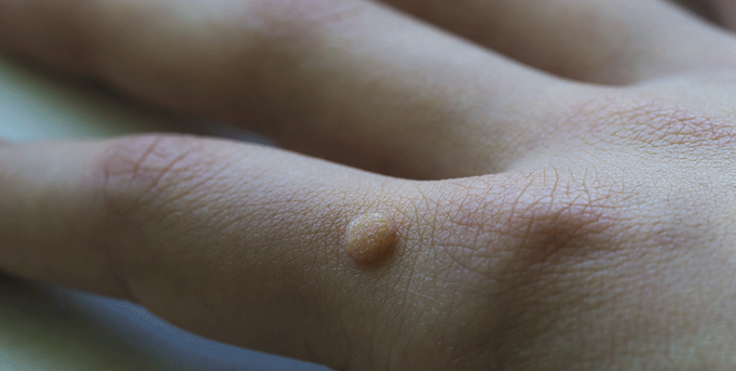



Ask A Dermatologist Warts 101 Columbia Skin Clinic




3 At Home Wart Remedies That Actually Work Cleveland Clinic
Periungual warts These are sometimes difficult to diagnose and are found around and under the nail Plane wart These flat warts, often resembling a boil appear on on the hands, legs, face and other parts of the body Filiform warts This wart, which often appears on the face, has a single stalk with a few heads on itThat painful patch of raised skin was in fact, verruca or periungual wart These warts crop up on your skin if a strain of the Human papillomavirus (HPV) comes inPlantar warts, for instance, occur on the plantar surface of the foot Periungual warts only appear on the outer edges of your fingernails and toenails Subungual warts are similar to periungual, but they form under your fingernails
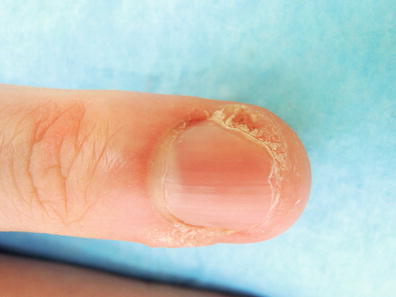



Periungual Warts Springerlink




View Image
Viral warts, caused by the Human Papillomavirus (HPV), may cause a change in the shape of the nail or thickened skin growth under the nail (called periungual warts) Older individuals are often affected by toenail fungus infection (onychomycosis) associated with athlete's footPeriungual warts treatment Periungual warts can be very hard to remove especially if they spread to the nail plate or under it In the latter case they are called subungual warts which are not only painful but can also damage your nail plate if left untreated The conventional treatments that doctors will suggest to remove periungual warts areMost often, warts are harmless growths that go away on their own within 2 years Periungual or plantar warts are harder to cure than warts in other places Warts can come back after treatment, even if they appear to go away Minor scars can form after warts are removed




I Have This Small Periungual Wart And Every Time I Use Salicylic Acid And Shave It Off It Gets Red And Irritated Should I Try Freezing It Or Something Else Any Recommendations




Pin On Dermatosurgery
Warts growing near the nail bed, or periungual warts, are part of the common wart family and are caused by the human papillomavirus (HPV) source Mayo Clinic Periungual warts are unique because they develop around the nail on the foot and hand AdvertisementPeriungual warts usually manifest around the nails of your fingers and toes, and can cause a considerable amount of discomfort, even growing and extending under the nail itself It is for this reason that periungual warts are often more difficult to treat than common warts or verrucas , as conventional medicines like salicylic acid cannot properly reach the affected areaPeriungual warts are warts that cluster around the fingernail or toenail They appear as thickened, fissured cauliflowerlike skin around the nail plate Periungual warts often cause loss of the cuticle and paronychia Nail biting increases susceptibility to these warts



What Are Periungual Warts Almawi Limited The Holistic Clinic




A Mosaic Plantar Wart B Periungual Wart Source Dermatology Download Scientific Diagram
Nail Polish Remedy The application of clear nail polish is a popular home remedy for the removal of warts The polish is used to cover the wart, creating an airtight seal around the growth This effectively suffocates the virus, causing the gradual death and shedding of the infected skin cellsAs mentioned above, a periungual wart is a growth that occurs alongside your nails"The warts start in the skin surrounding the nail and are called periungual warts Then they can extend underneath the nail, becoming subungual warts," says Steve Daveluy, MD, FAAD, Assistant Professor of Dermatology at Wayne State University
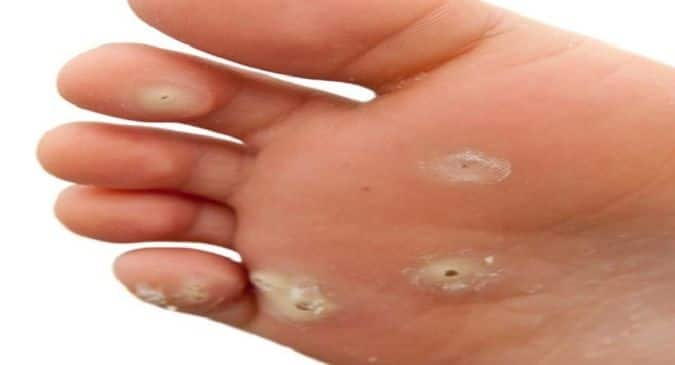



Are Warts Worrying You Duct Tape Wart Solution Human Papillomavirus Thehealthsite Com
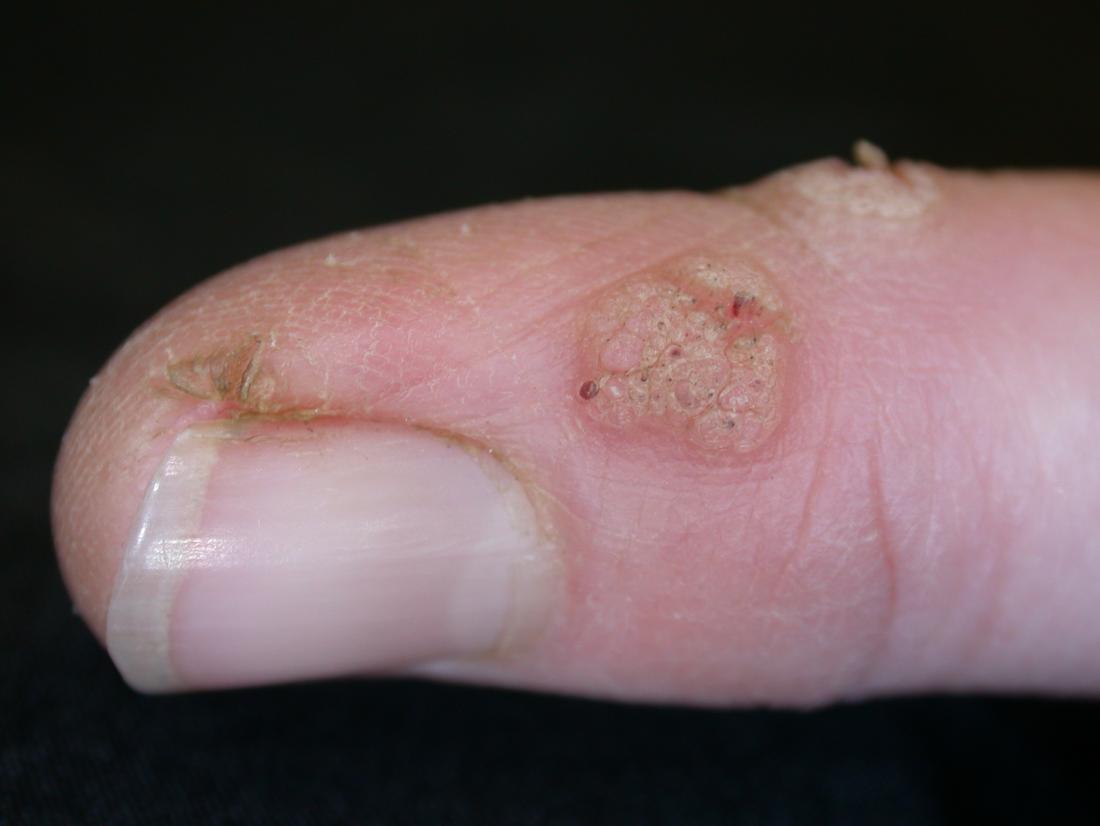



Periungual Warts Pictures Treatment And Prevention
Ungual and periungual warts Warts growing under and around nail beds can be difficult to treat due to difficulty accessing the wart, and pain caused by treatment In one case series (n=15), imiquimod 5% applied 5 nights per week under occlusion (following pretreatment with salicylic acid) resulted in complete resolution of recalcitrant ungualNailbiting increases susceptibility to these warts as it leaves small open lesions through which the virus can enter the skin This type of wart is call a periungual wart Periungual warts can damage the nail They may cause the nail to fully or partially detach or become deformed If they grow under the nail, they may cause painPeriungual warts can occasionally cause damage to the nail or nail bed A wart growing under a nail can raise it from the skin Also, periungual warts
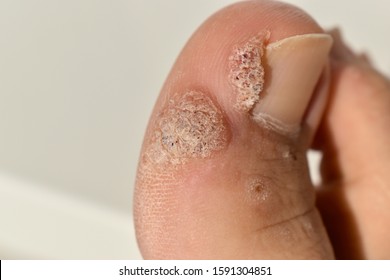



Wart Nail Hd Stock Images Shutterstock
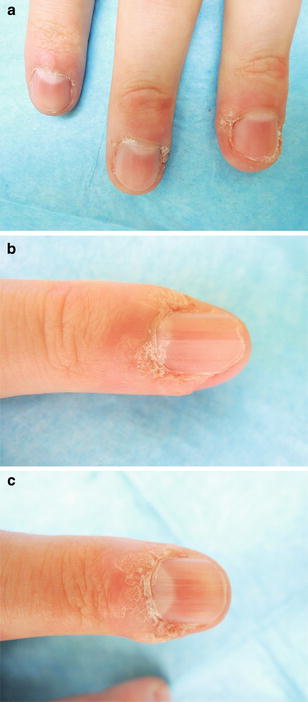



Periungual Warts Springerlink
We present a 32yearold female with subungual and periungual warts of the fingers of both hands and first right toe She was treated with 5fluorouracil twice daily under occlusion plus percent urea After a month she presented with grayish transverse melanonychia along and parallel to the lunula with some maceration of the periungal foldsWarts around the nails are frequently found on individuals who bite their nails These warts are called periungual warts Without proper care, periungual warts can cause skin infection around the nail To prevent periungual warts, avoid biting your fingernails and keep your hands dry and clean Show More5fluorouracil (5FU) under tape occlusion Verrumal, a combination of 05% 5FU and 10% SA, has been available for the last 30 years in Europe This combination of 5FU and SA has been found Figure 1 The patient presented with an extensive periungual wart on the left fifth finger Figure 2 Left fifth finger following 5 days of treatment
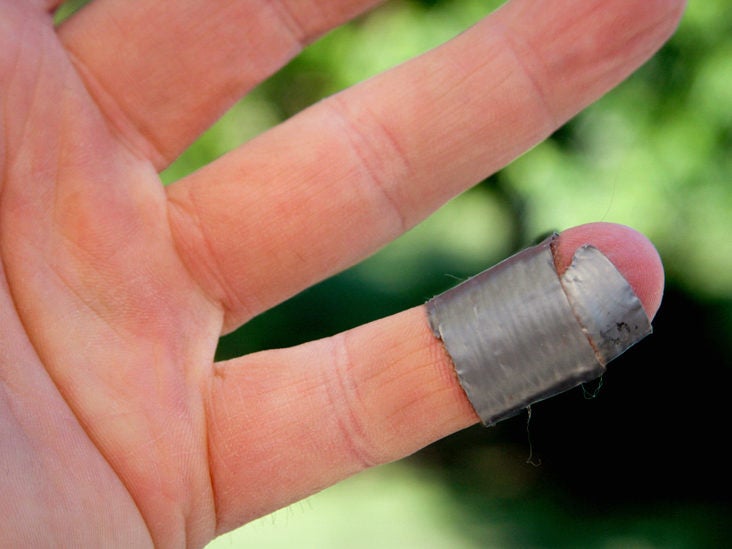



Removing A Wart On Your Finger At Home And Professionally




Periungual Warts Consultant360
Moles are more serious than wartsPeriungual warts can cause nail dystrophy and destruction Pain due to plantar warts (myrmecia type) interferes with walking and sporting activities, causing knee or hip pain In epidermodysplasia verruciformis the specific HPV types involved can cause cutaneous squamous cell carcinomas Periungual warts causing nail dystrophyPeriungual warts are the warts around the nails, which are common in nail biters In the beginning, these are pinhead in sized, shiny, smooth, translucent and usually discrete They grow in weeks or months to pea size, become rough, dirty brown grey or black and horny These warts become fissured, inflammed and tender



Periungual Warts Treatment Options Actforlibraries Org




Periungual Warts Symptoms Treatment And Prevention
Dear Editor Topical salicylic acid (SA) has been suggested as firstline therapy for common warts 1If SA treatment has failed, liquid nitrogen cryotherapy could be considered as a secondline treatment 2However, in the periungual area, aggressive treatment increases the risk of serious side effects such as nail dystrophy regardless of higher efficacy 2,3The periungual wart is an extremely unpleasant in appearance and sensation growth on the skin of the fingers, in close proximity to the nail In some patients, the warts develop immediately under the nail plate, which causes additional inconvenience and discomfort The nail at the same time can become uneven, rough, sometimes flaking andPeriungual warts are one of the lesser known types of wart Like many other warts the condition get its name from where the growths appear Periungual warts will grow around nails and are often quite difficult to detect at first What is a periungual wart?



25 Year Old Periungual Wart 24 Hours On Sa What Do I Do Now More Info In Comments Warts




Periungual Warts Youtube
The periungual warts are rough grainy bumps around and under the nail They are usually small bumps around the toenails or fingernails Periungual warts also lead to loss of cuticle and increase the risk of self tissue infection They are usually skintoned ,pink,tan or whiteWarts are an infection of the epidermis with human papillomavirus (HPV) Warts that involve the periungual skin or subungual area are typically associated with HPV subtypes 1, 2, 4, 27, and 57 Butcher's warts may also affect the nail apparatus and are due to HPV 2 and 7They're unsightly, sometimes contagious, and above all, tricky to get rid of Especially difficult to deal with are subungal and periungual warts, which appear under the fingernails and toenails 1 Because of their hardtoreach placement, they require a




Pdf Use Of Imiquimod In The Treatment Of Chronic Periungual Warts
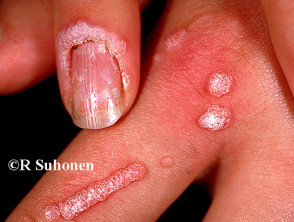



Viral Wart Dermnet Nz
Periungual warts are a lot similar to the appearance of common warts, tan, or brownish in colour, with a rough surface They appear under, or around toenails and fingernails In the beginning they are about the size of a pinhead, smooth and virtually impossible to spot But as the weeks progress, they grow to pea size




View Image




Persistent Periungual Wart Starting To Creep Under Fingernail Warts
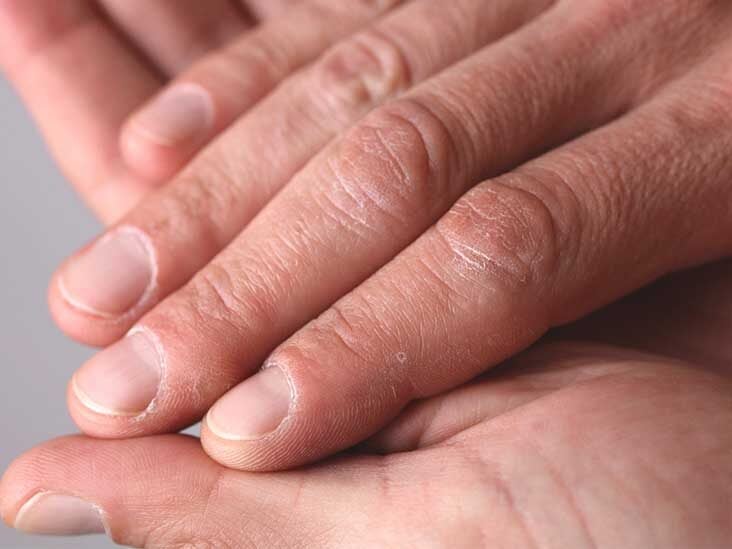



Periungual Warts Identification Treatment And More




Melanonychia Induced By Topical Treatment Of Periungual Warts With 5 Fluorouracil
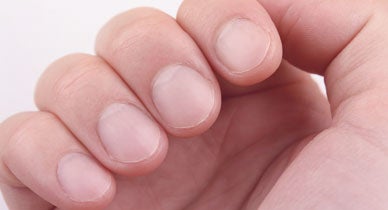



Periungual Warts Identification Treatment And More
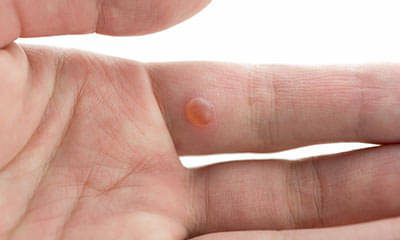



Homoeopathy Treatment Of Periungual Warts By Dr Jyoti Singh Lybrate



Periungual Warts Photo Skin Disease Pictures



Warts




Subungual And Periungual Warts What Are They What Is It Warts Types Of Warts Healing



Update Of Periungual Wart What Next Warts




Periungual Warts Causes Ayurvedic Treatment Dr Vikram S Blog Ayurvedic And Herbal Remedies




Scielo Brasil Multipuncture Technique With Ingenol Mebutate In The Treatment Of A Periungual Wart Multipuncture Technique With Ingenol Mebutate In The Treatment Of A Periungual Wart



5 Types Of Warts To Know Knoxville Dermatology Group




How Periungual Warts Work Howstuffworks




Day One Life Long Biter Periungual Warts Have To Stop Any Tips Using Salicylic Acid On The Warts And They Are Getting There Hopefully That Will Stop A Few Of You From




Warts Lima Memorial Health System




Transillumination A Simple Tool To Assess Subungual Extension In Periungual Warts Ashique K T Kaliyadan F Indian Dermatol Online J




The Human Papillomavirus And Its Role In Plantar Warts Clinics In Podiatric Medicine And Surgery
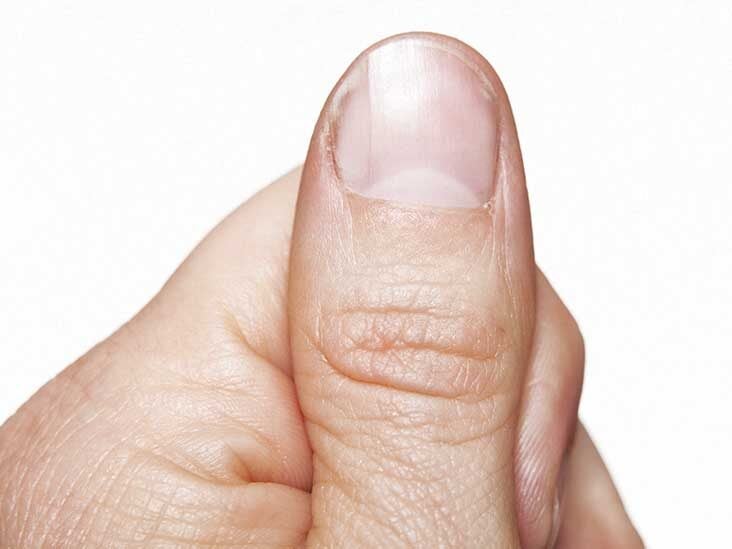



Periungual Warts Identification Treatment And More




I M Embarrassed About My Warts Matthew Mittelbronn Md Dermatologist
:max_bytes(150000):strip_icc()/GettyImages-1002099914-3b3e38acd83d4f2fb393f40e0e0ca3c9.jpg)



Photo Gallery Of Warts On Different Body Parts
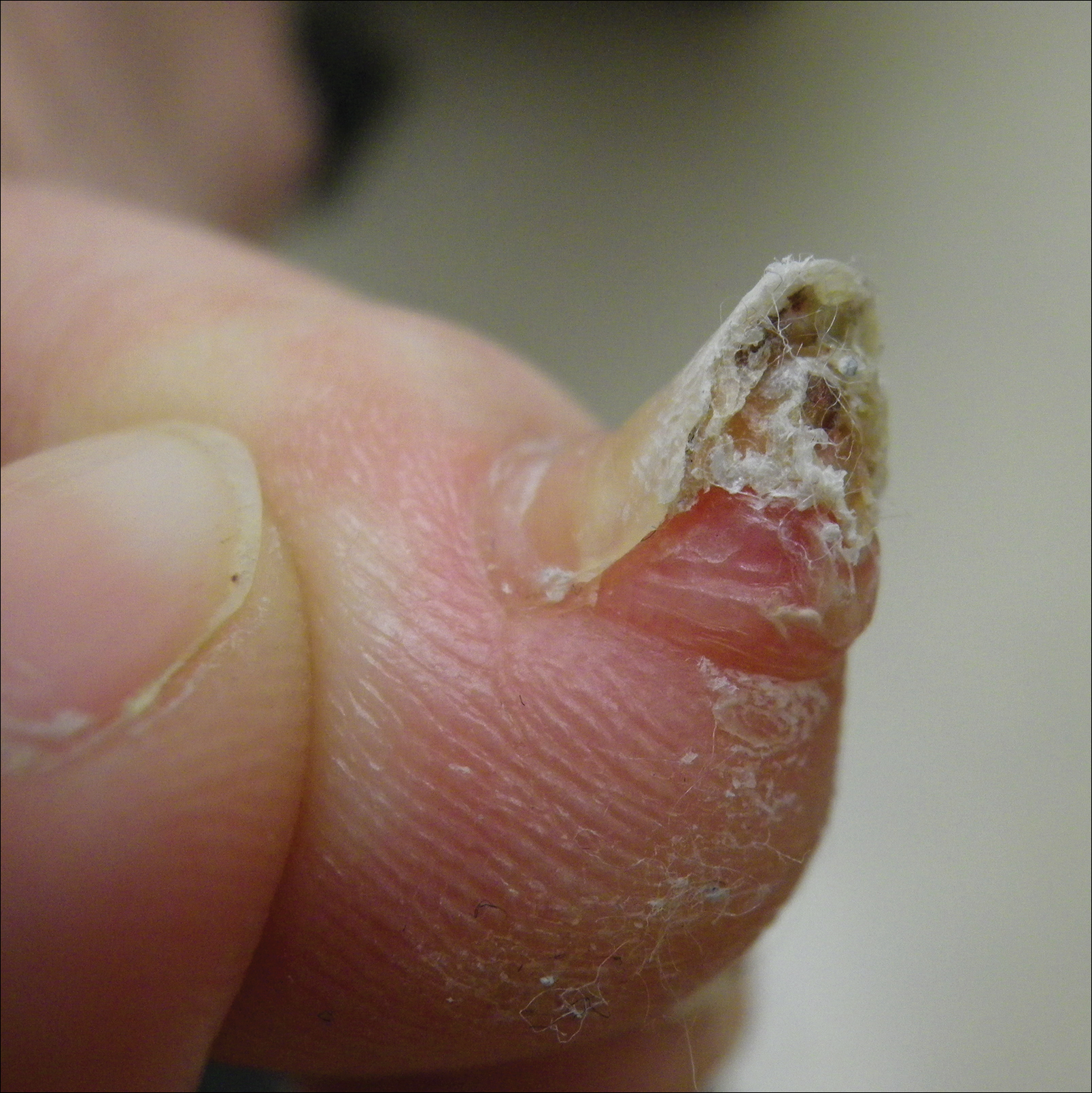



Subungual Exostosis Mdedge Dermatology



1




Use Of Imiquimod In The Treatment Of Chronic Periungual Warts Semantic Scholar




Subungual Wart Of The Fifth Right Fingernail In A 7 Year Old Girl Download Scientific Diagram




The Peri Sub Ungual Wart Difficult To Manage The Consent No Promises Implied Given Case Examples Enclosed




Cutaneous Warts An Evidence Based Approach To Therapy American Family Physician




Periungual Warts Pi Uptodate




Pdf Use Of Imiquimod In The Treatment Of Chronic Periungual Warts




A Periungual Wart B Crusts Were Formed Three Days After Treatment Download Scientific Diagram




The Diverse Methods Of Bleomycin Delivery In Cutaneous Warts A Literature Review Kaul 21 Dermatologic Therapy Wiley Online Library
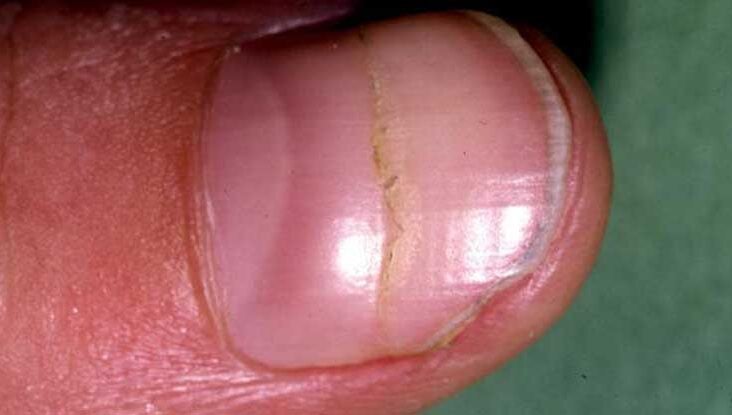



Periungual Warts Identification Treatment And More




Can You Identify These Nail Lesions Consultant360
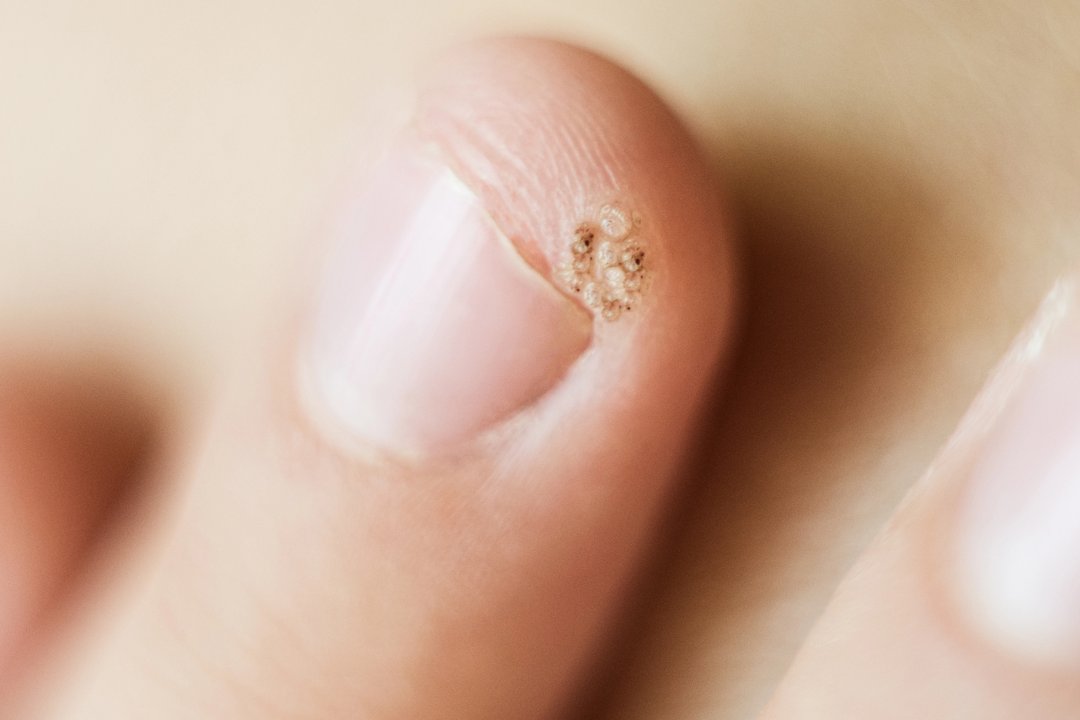



dmember A Recent Study In The Journal Of Cutaneous Medicine And Surgery Explored The Efficacy Of Intralesional Antigen Immunotherapy For The Treatment Of Periungual Warts Dermworldweekly T Co Syo9sifmqv T Co By1hli6fl1




Periungual Wart Wikipedia
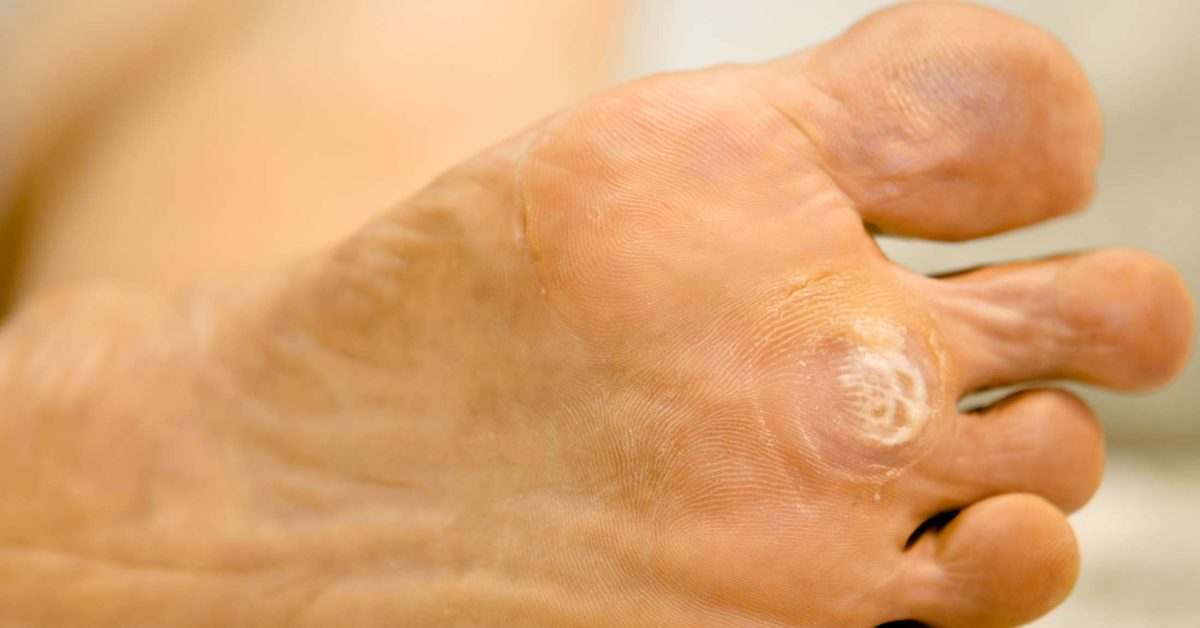



Plantar Warts Symptoms Causes And Treatment




A Case Of Subungual Wart Invading The Nail Root Successfully Cured With Surgery Combined With Photodynamic Therapy Li J Mao S Huang L Wu M Mo X He F Zhao L Zhang
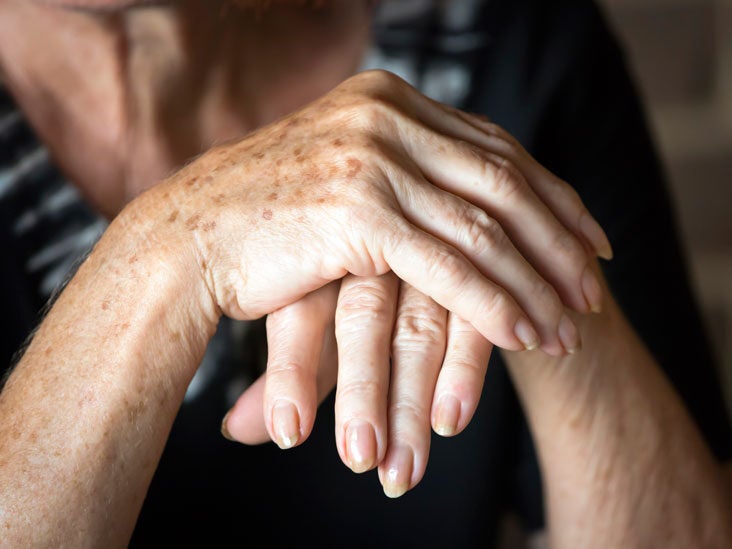



Periungual Warts Identification Treatment And More




What Causes Warts And How To Get Rid Of Them Dermatology Associates Of Central Nj Dermatologists



Hie Multimedia Warts




Scielo Brasil Diphenciprone As A Therapeutic Alternative To Exuberant Periungual Warts Diphenciprone As A Therapeutic Alternative To Exuberant Periungual Warts




Periungual Warts Pictures Treatment And Prevention
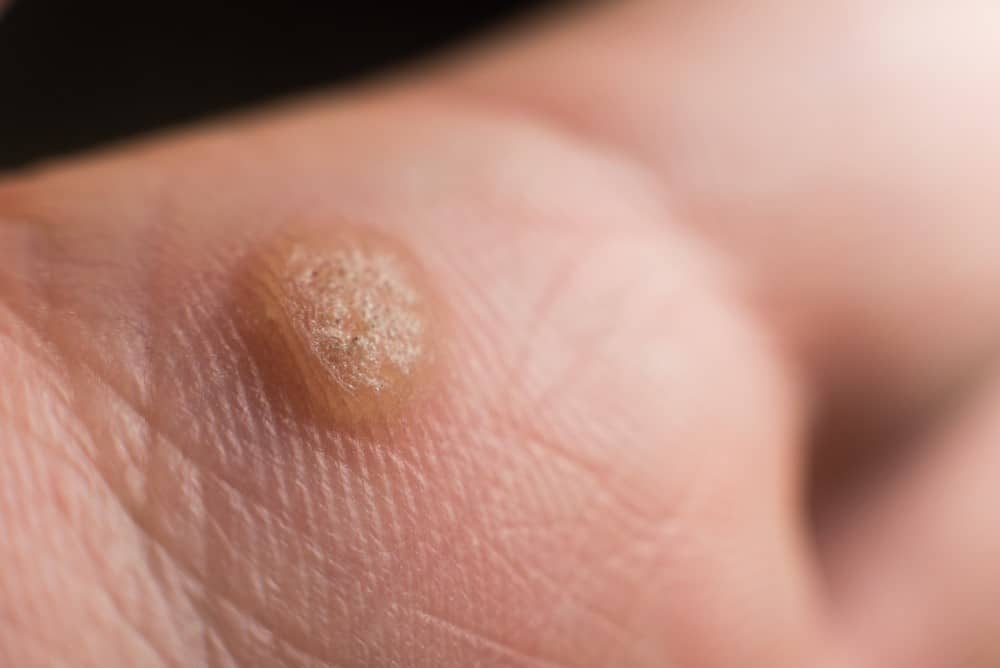



Warts And Molluscum Pensacola Dermatology
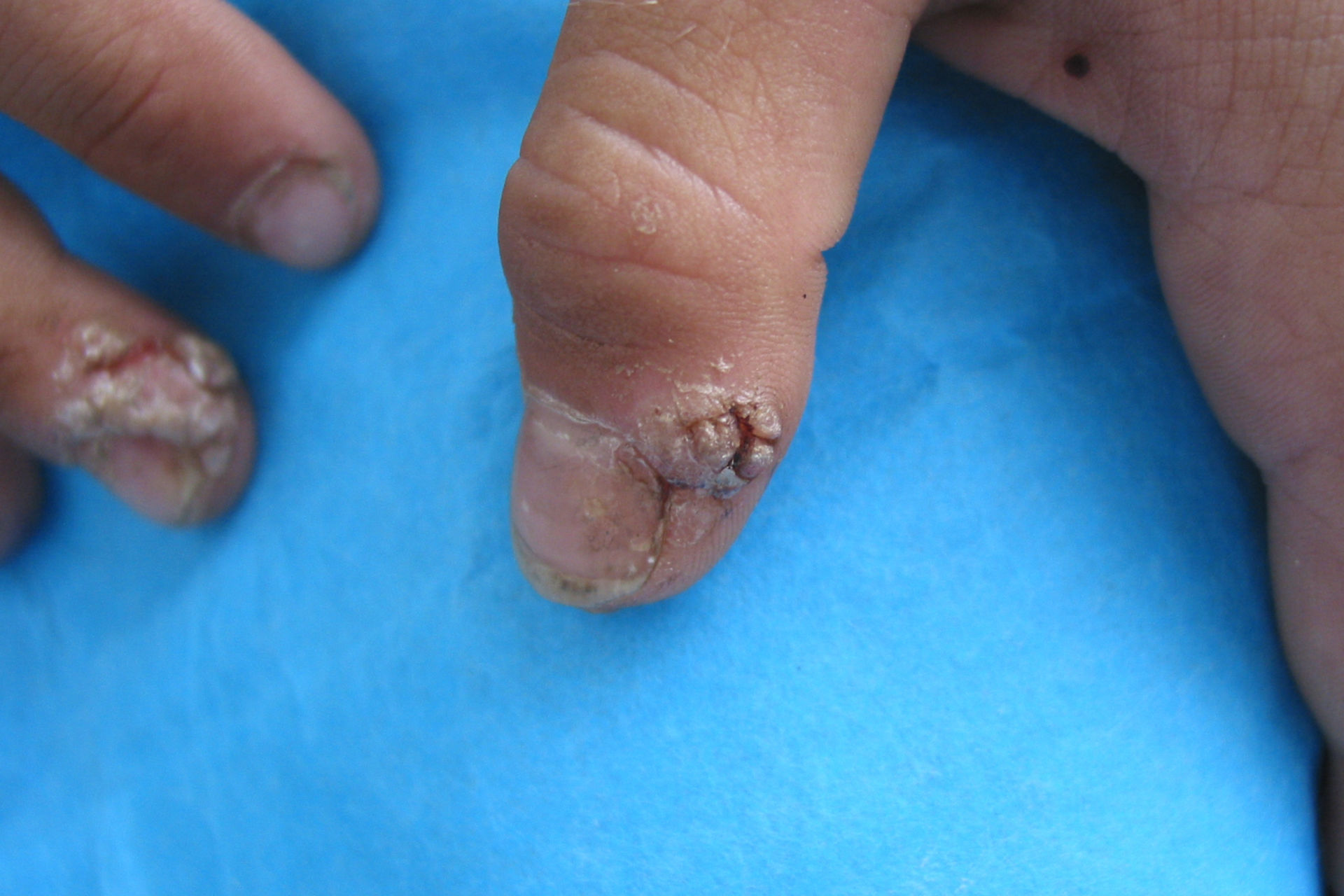



Periungual Warts Doccheck




Periungual Warts Are Warts That Cluster Around The Fingernai




What Are Periungual Warts With Pictures



Search Results Nail Pain Purple Color 40 49 Year Old Female




Swelling Of The Proximal Nail Fold Caused By Underlying Warts Semantic Scholar



Is This A Start Of A Subungual Wart Ive Treated It With Acv And Duct Tape For Two Das Just To Be Sure This Is A Repost Btw Warts
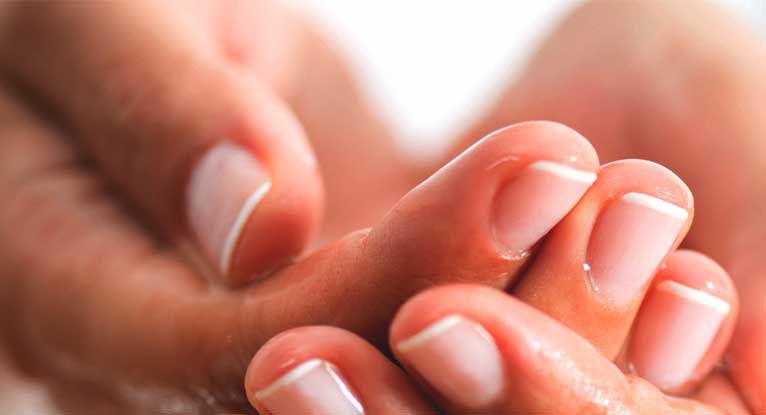



Periungual Warts Identification Treatment And More



3



Tumor Wart Curettage




A Wart Under Fingernail And Treatment To Cure It




Figure 1 From Successful Treatment Of Periungual Warts With Diluted Bleomycin Using Translesional Multipuncture Technique A Pilot Prospective Study Semantic Scholar



1




Warts Johns Creek Dermatology




Periungual Warts Symptoms Treatment And Prevention




What Is Periungual Wart Removal Official Dr Numb Usa




Periungual Warts Completely Cleared With Dpcpi A B Proximal Nail Download Scientific Diagram



1



Periungual Warts Photo Skin Disease Pictures
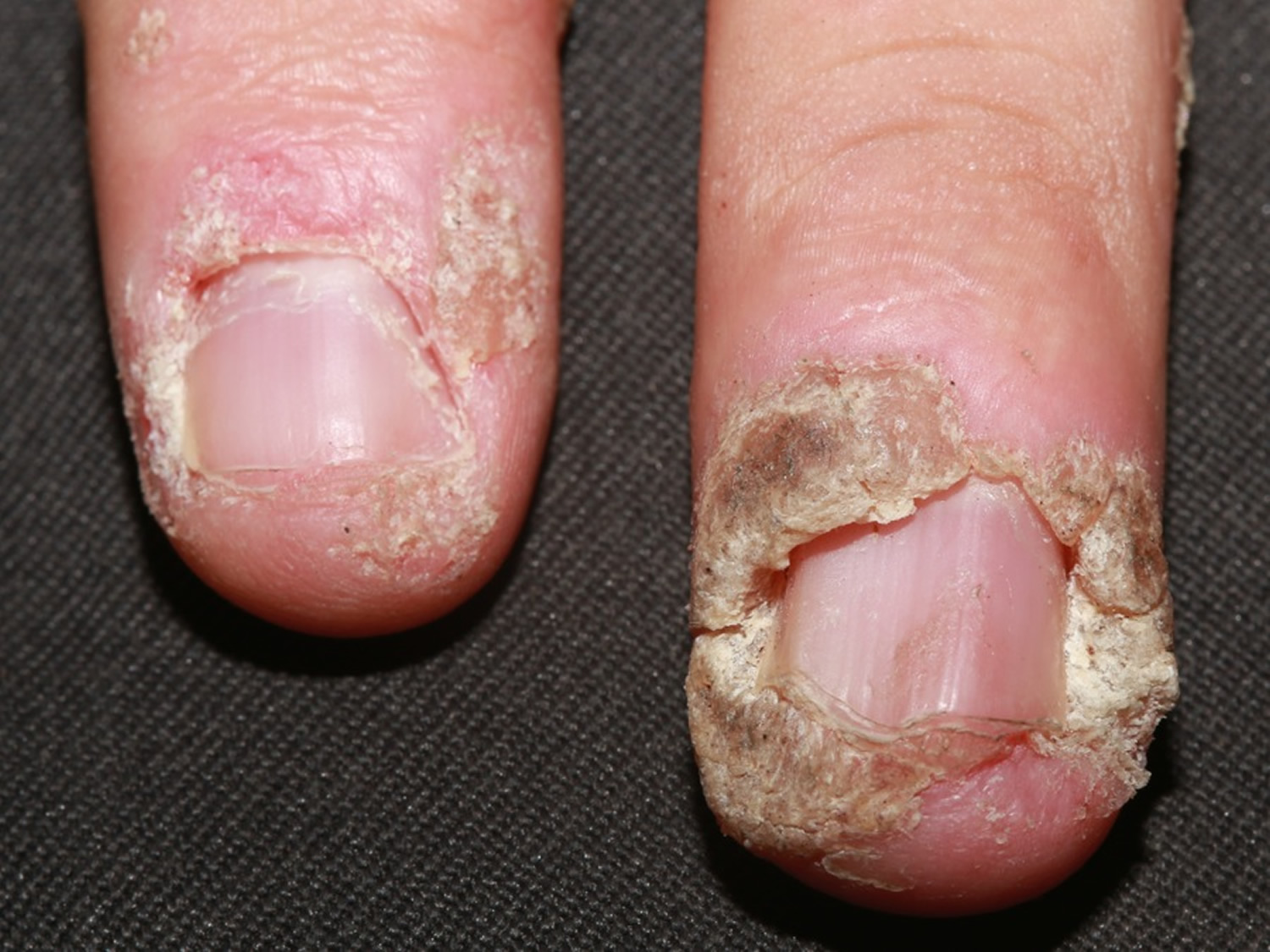



Warts Plantar Wart Wart On Finger Hands Face Wart Treatment




Duct Tape Forever And For Warts Album On Imgur
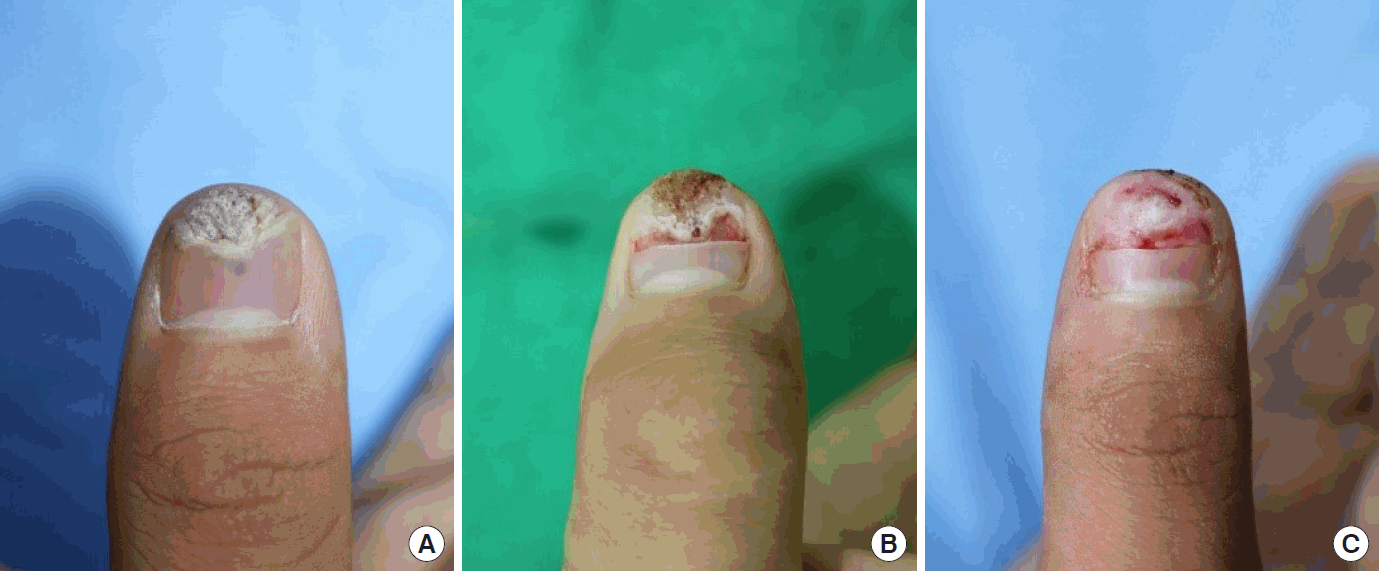



Journal Of Wound Management And Research




Duct Tape Forever And For Warts Album On Imgur



Periungual Wart



What Are Periungual Warts Rocky Hill Newington Middletown Glastonbury Bristol And Kensington Ct Foot Doctor




Essential Oils For Periungual Warts




Hpv Symptoms Warts Genital Warts Cancer Everyday Health



Dermnet Dermatology Pictures Skin Disease Pictures
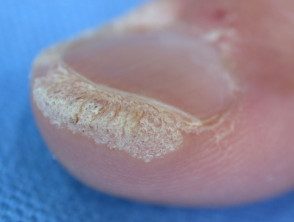



Viral Wart Dermnet Nz
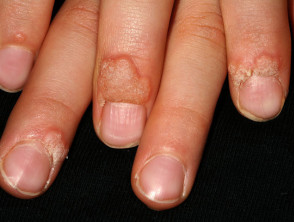



Viral Wart Dermnet Nz



2 Months Of Healing Gonna Take A While For The Nail To Return To Normal But There Is Hope For Periungual Wart Fighters Warts




Melanonychia Induced By Topical Treatment Of Periungual Warts With 5 Fluorouracil



Hi Ladies I Have A Wart Under My Nail And I Can T Seem To Get Rid Of It Do You Have Any Ideas To Make It Go Away Sorry For The



Tumor Wart Curettage




Transillumination A Simple Tool To Assess Subungual Extension In Periungual Warts Ashique K T Kaliyadan F Indian Dermatol Online J
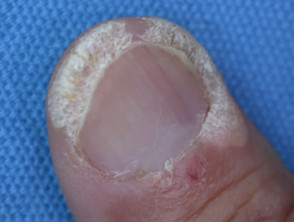



Viral Warts Dermnet Nz




Periungual Warts Symptoms Treatment And Prevention




Warts
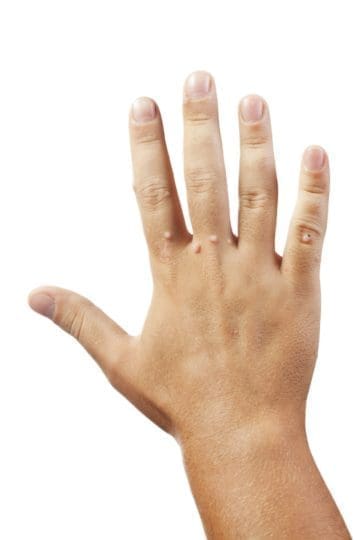



Warts Wart Removal Wart Freeze Familydoctor Org




Treatment Of Nongenital Cutaneous Warts American Family Physician



0 件のコメント:
コメントを投稿